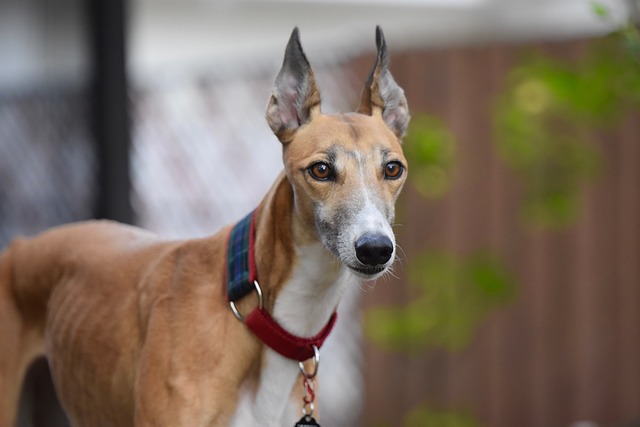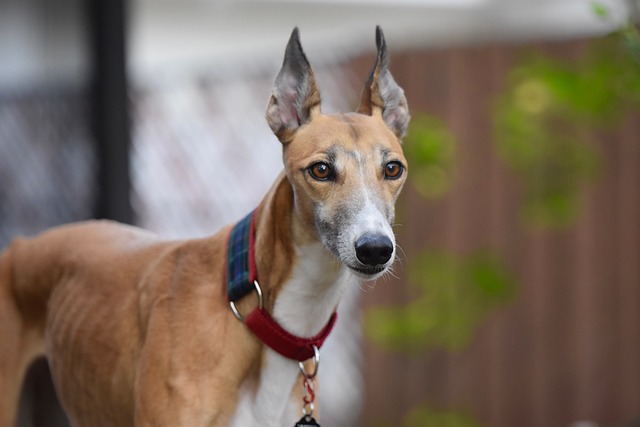You’re out for a walk in your neighborhood, and your dog growls or hides behind you when a friendly neighbor tries to say hello. As a new dog owner in the U.S., this can be embarrassing and concerning. Making your dog friendly to strangers isn’t just about good manners—it’s crucial for their well - being and for harmonious community living. But how can you achieve this?
Dogs’ reactions to strangers stem from a combination of genetics, past experiences, and socialization. Puppies that haven’t been exposed to a variety of people during their critical socialization period (usually between 3 and 14 weeks old) may grow up to be fearful or aggressive. Some breeds are naturally more protective or reserved around new people. From a behavioral perspective, when a dog barks, growls, or runs away, they’re often expressing fear or anxiety. Understanding that these reactions are not misbehavior but signs of discomfort is key to addressing the issue.
To make your dog more friendly to strangers, start socializing them early and gradually. Begin with low - stress interactions, like introducing them to calm, friendly people you know. Have these individuals offer your dog treats from a distance, so your dog associates new people with something positive. As your dog becomes more comfortable, slowly decrease the distance. Use positive reinforcement techniques; every time your dog approaches a stranger calmly, shower them with praise and a delicious treat. Avoid forcing interactions, as this can worsen anxiety. You can also take your dog to dog - friendly places like parks or pet stores, where they’ll encounter different people in a controlled environment.

In the American pet - owning context, having a dog friendly to strangers aligns with community norms and legal requirements. Always ensure your dog’s vaccinations are up - to - date as required by state law, especially when introducing them to new people who may have other pets. When living in apartments, a friendly dog is less likely to cause disturbances or scares to neighbors in shared areas. During community walks, it’s your responsibility to keep your dog under control. If your dog is aggressive or overly fearful, use a leash and muzzle if necessary to protect others. Remember, physical punishment is unacceptable and can make the problem worse. Instead, focus on building your dog’s confidence through positive experiences. And don’t forget the basic etiquette of cleaning up after your dog in public areas, which shows respect for the community.
With patience, consistent training, and positive experiences, you can help your dog overcome their fear of strangers. Creating a friendly, approachable dog not only enriches your pet’s life but also makes you a valued member of your local pet - loving community.






